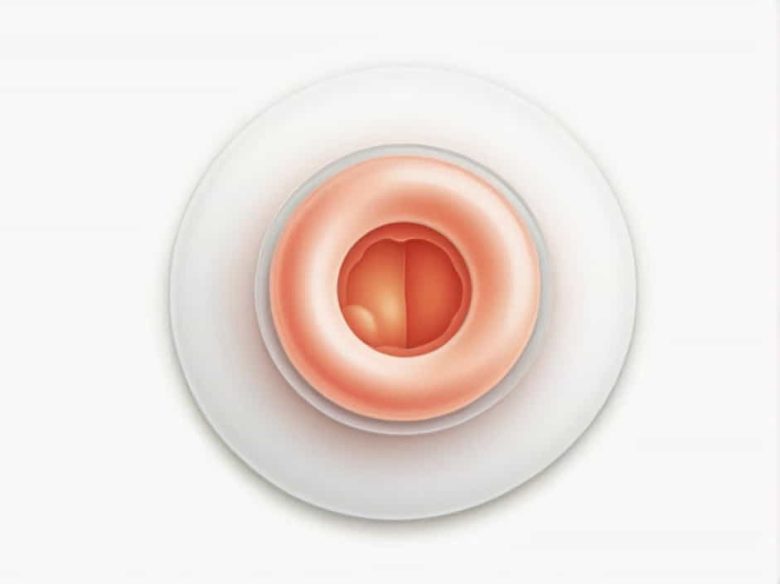The embryo sac is a crucial part of the female reproductive system in angiosperms (flowering plants). It is the female gametophyte that plays a vital role in fertilization and seed formation. Within the embryo sac there are different types of cells including antipodal cells.
One key aspect of these cells is their ploidy level which refers to the number of sets of chromosomes they contain. Understanding the ploidy of antipodal cells helps explain their function in plant reproduction.
What Is the Embryo Sac?
Structure of the Embryo Sac
The embryo sac is formed inside the ovule and contains seven cells with eight nuclei. These cells include:
- One egg cell (haploid n)
- Two synergid cells (haploid n)
- One central cell with two nuclei (diploid 2n)
- Three antipodal cells (haploid n)
Formation of the Embryo Sac
The embryo sac develops from a megaspore mother cell (MMC) inside the ovule. The MMC undergoes meiosis producing four haploid megaspores. Only one megaspore survives and undergoes three rounds of mitosis forming an eight-nucleate embryo sac.
Ploidy of Antipodal Cells
Definition of Ploidy
Ploidy refers to the number of chromosome sets in a cell. In plants different cells can have haploid (n) diploid (2n) or even triploid (3n) or polyploid levels.
Are Antipodal Cells Haploid or Diploid?
Antipodal cells in the embryo sac are haploid (n) meaning they contain a single set of chromosomes. They originate from the haploid megaspore which undergoes mitotic divisions to form the mature embryo sac.
Function of Antipodal Cells
Although the exact role of antipodal cells is not completely understood they are believed to have the following functions:
1. Nutrient Transfer
Antipodal cells may help transport nutrients to the developing embryo sac supporting fertilization and early seed formation.
2. Signaling and Communication
Some studies suggest that antipodal cells play a role in cell signaling influencing interactions within the ovule.
3. Programmed Cell Death (PCD)
In some plant species antipodal cells undergo programmed cell death after fertilization indicating they have a temporary role.
Variations in Antipodal Cells Among Plants
Different plant species show variations in antipodal cell number and longevity:
| Plant Type | Number of Antipodal Cells | Longevity |
|---|---|---|
| Typical Angiosperms | 3 | Short-lived |
| Grasses (Poaceae) | 6-10 | Long-lived |
| Certain Monocots | More than 10 | Persistent |
Some plants such as grasses have persistent antipodal cells that continue to function beyond fertilization.
Comparison of Ploidy in Different Cells of the Embryo Sac
| Cell Type | Ploidy Level | Function |
|---|---|---|
| Egg Cell | Haploid (n) | Fertilization to form the zygote |
| Synergid Cells | Haploid (n) | Help guide pollen tube to the egg |
| Central Cell | Diploid (2n) | Forms endosperm after fertilization |
| Antipodal Cells | Haploid (n) | Nutrient transfer and signaling |
Antipodal cells in the embryo sac are haploid (n) and originate from the haploid megaspore through mitotic divisions. Their function varies among plants but they generally play a role in nutrient transfer and signaling. Understanding the ploidy of antipodal cells helps explain their role in plant reproduction and embryo sac development.



